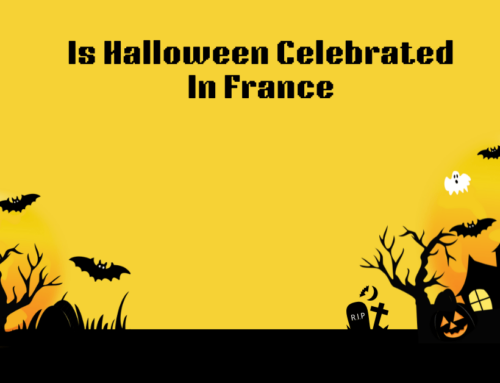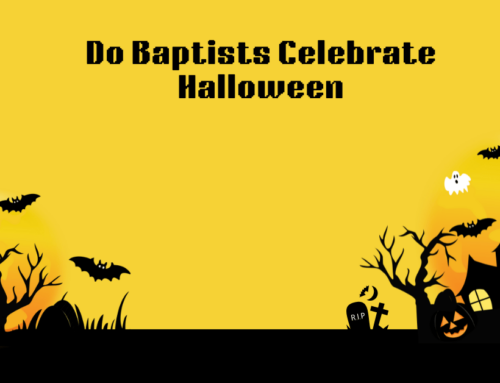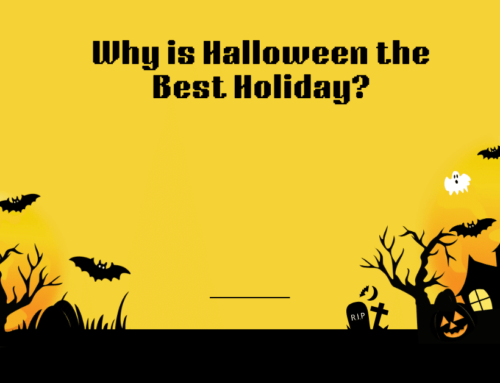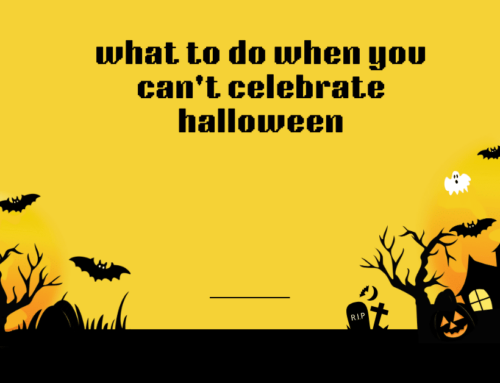As October draws to a close, many countries worldwide prepare for the spooky celebrations of Halloween.
But what about Spain, a country rich in its cultural traditions? Does Spain celebrate Halloween, or does it stick to its time-honored customs? Let’s explore the fascinating intersection of traditional Spanish observances and the growing influence of this globally recognized holiday.
Roots of Spanish Autumn Traditions
Before delving into the current state of Halloween in Spain, it’s crucial to understand the country’s deep-rooted autumn traditions. Historically, Spain has observed two significant holidays during this time:
- All Saints’ Day (Día de Todos los Santos) – November 1st
- All Souls’ Day (Día de los Fieles Difuntos) – November 2nd
These Catholic holidays honor deceased loved ones and saints. Traditionally, Spanish families would:
- Visit cemeteries to clean and decorate graves
- Light candles in memory of the departed
- Attend special church services
- Prepare seasonal foods like roasted chestnuts and sweet treats
These somber yet meaningful practices have been central to Spanish culture for centuries, creating a stark contrast to Halloween’s playful nature.

Arrival of Halloween in Spain
Halloween, as we know it today, is relatively new to Spain. Its introduction can be traced back to the late 20th century, primarily through:
- American films and television shows
- The growing presence of English language schools
- Increased globalization and cultural exchange
Initially, Halloween was met with mixed reactions. Some Spaniards viewed it as an unwelcome foreign import, while others, particularly younger generations, embraced the holiday’s fun and excitement.
Current Halloween Celebrations in Spain
Halloween has gained significant traction in Spain, especially in urban areas. While it may not be celebrated with the same enthusiasm as in the United States or Ireland, many aspects of the holiday have been adopted and adapted to fit Spanish culture.
Popular Halloween Activities in Spain
- Costume Parties: Many bars, clubs, and schools host Halloween-themed parties.
- Trick-or-Treating: This practice is growing, particularly in larger cities and expat communities.
- Decorated Storefronts: Businesses often decorate their windows with pumpkins, witches, and other Halloween motifs.
- Horror Film Screenings: Cinemas and cultural centers frequently organize special showings of classic and contemporary horror movies.
- Haunted Attractions: Some theme parks and entertainment venues create temporary haunted houses or spooky experiences.
It’s worth noting that the level of Halloween celebrations can vary significantly between urban and rural areas. Larger cities like Madrid, Barcelona, and Valencia tend to have more visible and elaborate Halloween events, while smaller towns and villages may stick to traditional All Saints’ Day observances.

Regional Variations: A Blend of Old and New
Spain’s diverse regions have put their spin on Halloween, often blending it with local traditions. Here are a few notable examples:
Catalonia’s La Castanyada
In Catalonia, the traditional festival of La Castanyada coincides with Halloween. This celebration involves:
- Eating roasted chestnuts, sweet potatoes, and pellets (small almond cookies)
- Drinking sweet muscatel wine
- Honoring the dead with family gatherings
While Halloween has made inroads in Catalonia, many locals still prefer to celebrate La Castanyada, viewing it as a more authentic cultural experience.
Galicia’s Samaín
In northwestern Spain, Galicia celebrates Samaín, a Celtic harvest festival similar to Halloween. Elements of Samaín include:
- Carving turnips (similar to jack-o’-lanterns)
- Telling ghost stories and legends
- Performing rituals to ward off evil spirits
The existence of Samaín has made it easier for Galicians to embrace certain aspects of Halloween, as they see parallels between the two celebrations.

Commercialization of Halloween in Spain
As Halloween gains popularity, its commercial aspects have become increasingly visible in Spain. This trend is evident in:
- Costume and decoration sales in major retailers
- Halloween-themed promotions in restaurants and bars
- Special Halloween events at amusement parks and tourist attractions
While this commercialization has helped spread Halloween traditions, it has also led to debates about cultural authenticity and the potential overshadowing of traditional Spanish observances.
Debate: Cultural Exchange or Appropriation?
The growing presence of Halloween in Spain has sparked discussions about cultural identity and globalization. Arguments on both sides of the debate include:
In Favor of Halloween:
- It provides a fun, lighthearted celebration for all ages
- It offers businesses new opportunities for growth and engagement
- It facilitates cultural exchange and broadens horizons
Against Halloween:
- It may detract from traditional Spanish customs and observances
- It represents the increasing Americanization of Spanish culture
- It could lead to the commercialization of what was once a solemn religious period
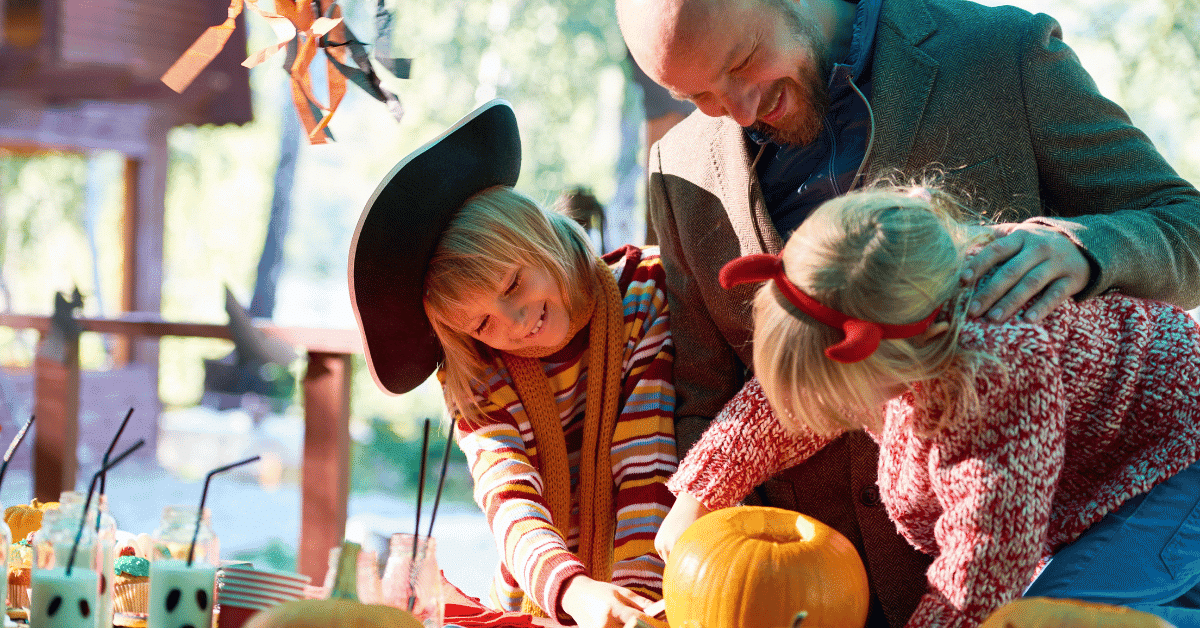
The Future of Halloween in Spain
As we look ahead, it’s clear that Halloween has established a foothold in Spanish culture, particularly among younger generations. However, its future role in Spanish society remains a topic of speculation.
Possible scenarios for Halloween’s future in Spain include:
- Further Integration: Halloween could become more deeply integrated into Spanish culture, blending with traditional observances to create a unique Spanish version of the holiday.
- Coexistence: Halloween might continue to be celebrated alongside traditional Spanish autumn festivals, with individuals choosing which customs to observe.
- Seasonal Shift: As Halloween gains popularity, there could be a gradual shift in how Spaniards view and celebrate the autumn, potentially incorporating elements from Halloween and traditional observances.
- Regional Variations: Different regions of Spain may continue to adapt Halloween in unique ways, leading to a diverse tapestry of autumn celebrations across the country.
Conclusion
So, does Spain celebrate Halloween? The answer is complex and evolving. While Halloween is not a traditional Spanish holiday, it has undeniably made its mark on contemporary Spanish culture, especially in urban areas and among younger generations.
The story of Halloween in Spain is one of cultural evolution and globalization. It demonstrates how traditions can travel across borders, adapt to new environments, and sometimes challenge existing customs. As Spain navigates this cultural intersection, seeing how Halloween and traditional Spanish observances coexist, blend, or diverge in the coming years will be fascinating.
Ultimately, whether one chooses to celebrate Halloween, stick to traditional Spanish customs, or find a balance between the two, the autumn season in Spain remains a time of reflection, remembrance, and, increasingly, festivity.


